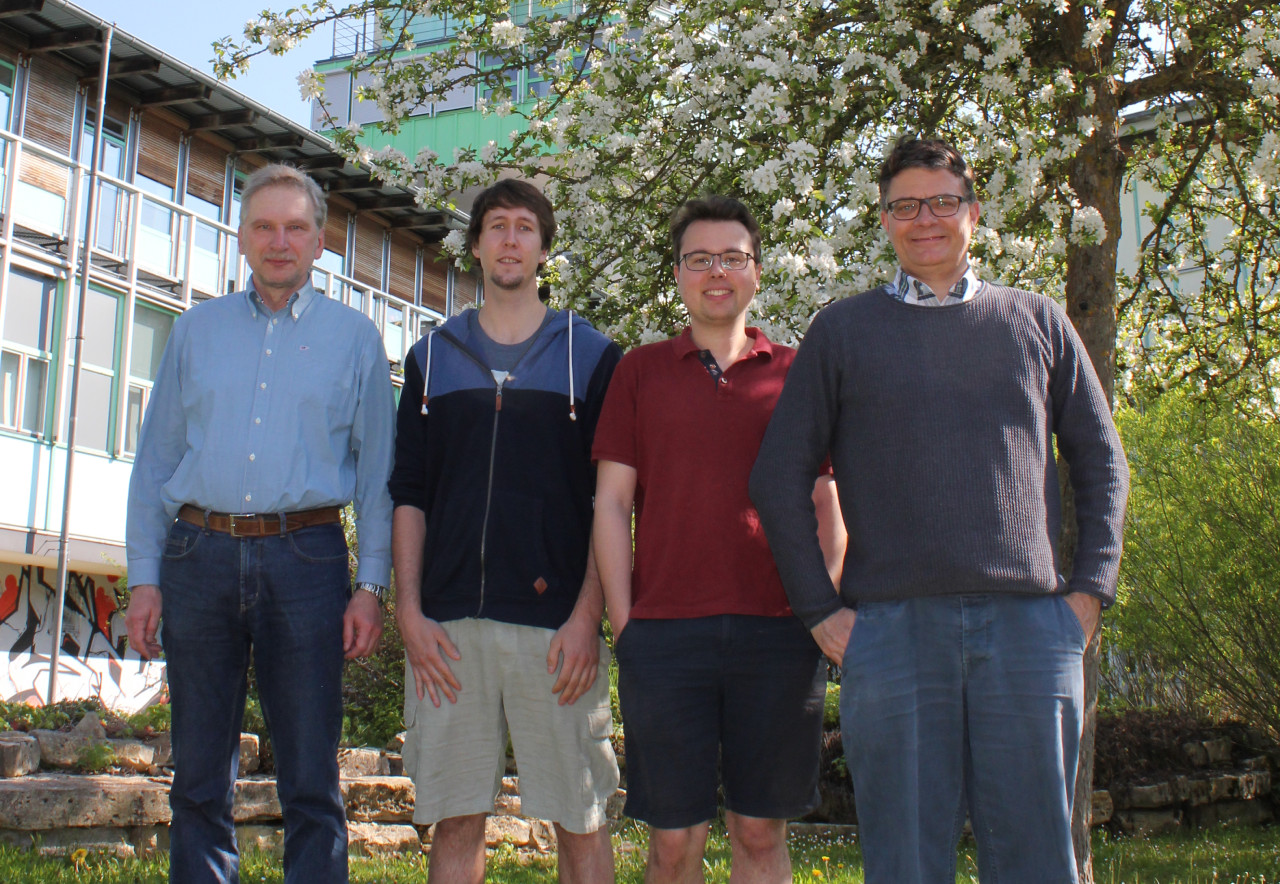LiLaLab
A degenerate Fermi gas of Lithium-6
We perform experiments with an ultracold, quantum degenerate Fermi gas of Li-6 atoms at a temperature of about 1 micro K. The gas consists of a 50%-50% spin mixture of spin up and spin down atoms forming a Fermi sea. Due to the Pauli-exclusion principle all atoms need to be in different quantum states. The interactions and couplings between the atoms can be tuned with the help of a Feshbach resonance.
Our research interest
Our setup enables us to precisely study
- Particle correlations
- Thermodynamic properties and
- Reaction kinetics
in the crossover between the Bardeen-Cooper-Schriefer (BCS) and the Bose-Einstein-Condensate (BEC) superfluid regime.
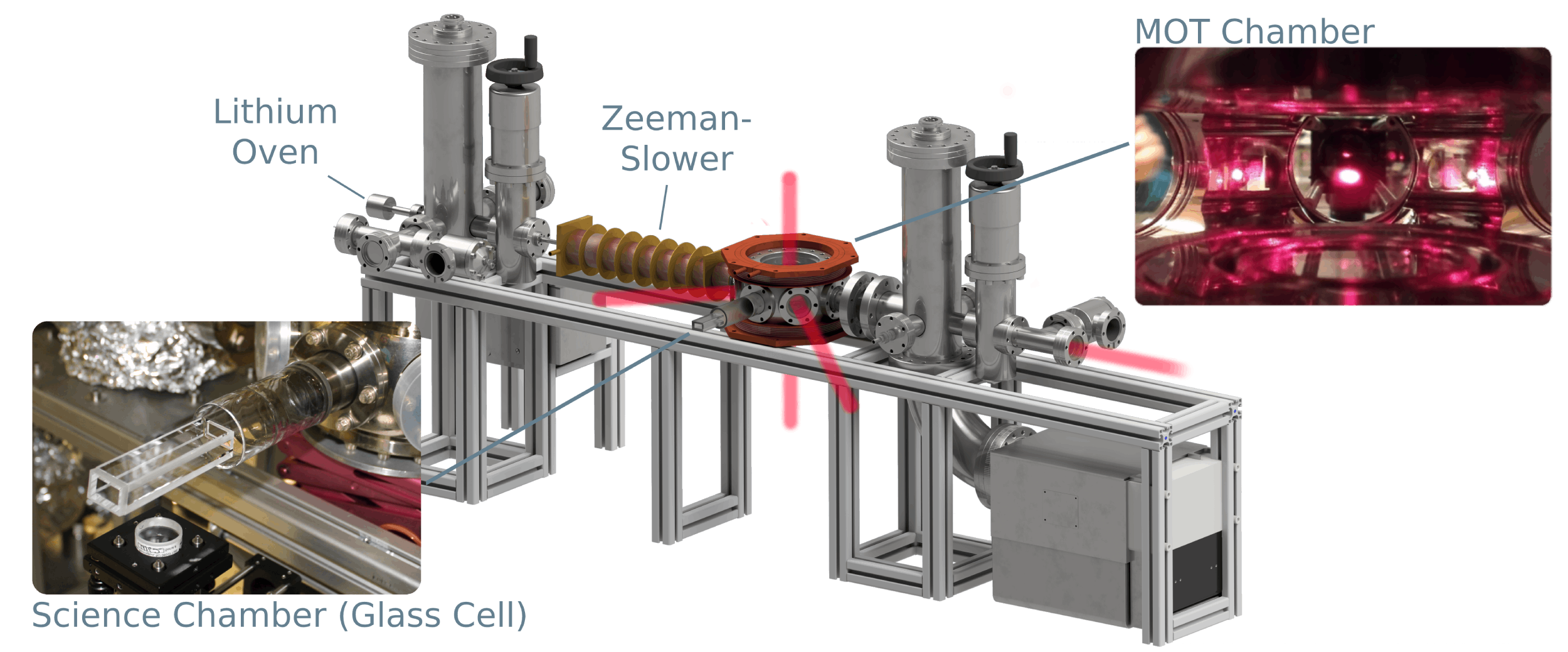
Experiment
Our ultracold Fermi gas with about 105 atoms at a temperature of 1 micro Kelvin is trapped in an optical dipole trap which consists of a focussed high power laser. How do we prepare this gas? To find out, please click here: LiLaLab experiment
Impressions
Recent Publications
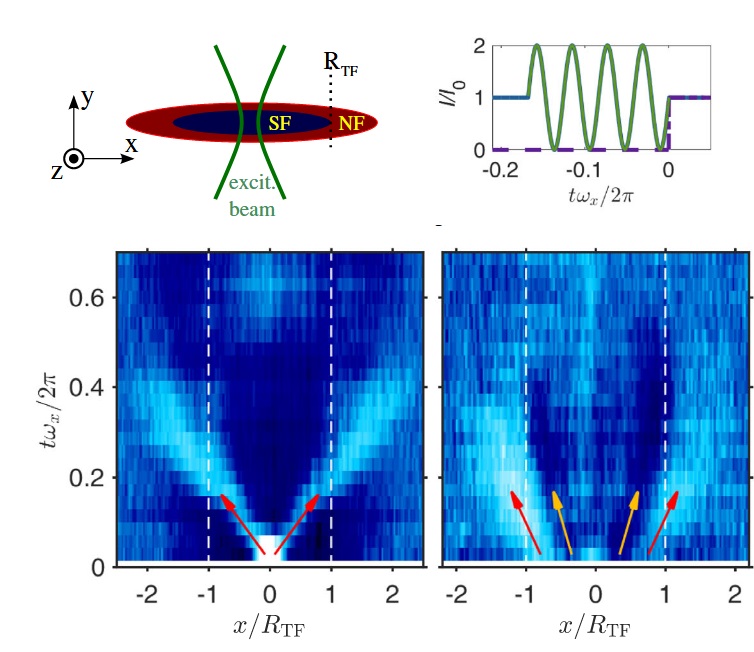
Second sound in the crossover from the Bose-Einstein condensate to the Bardeen-Cooper-Schrieffer superfluid
Daniel K. Hoffmann et al. Nat Commun 12, 7074 (2021)
Second sound is an entropy wave which propagates in the superfluid component of a quantum liquid. Here, we study second sound propagation for a large range of interaction strengths within the crossover between a Bose-Einstein condensate (BEC) and the Bardeen-Cooper-Schrieffer (BCS) superfluid. In particular, we investigate the strongly-interacting regime where currently theoretical predictions only exist in terms of an interpolation in the crossover. We show that the second sound speed varies only slightly in the crossover regime. By varying the excitation procedure, we gain deeper insight on sound propagation.
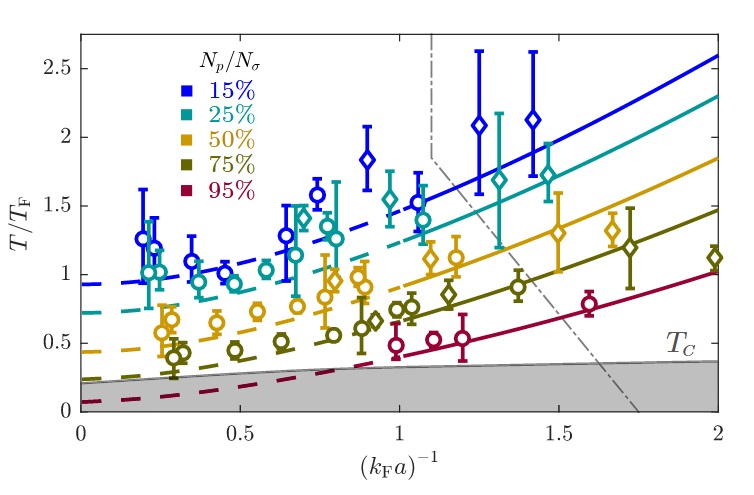
Pair fraction in a finite-temperature Fermi gas on the BEC side of the BCS-BEC crossover
Thomas Paintner et al. Phys. Rev. A 99, 053617 (2019)
We investigate pairing in a strongly interacting two-component Fermi gas with positive scattering length. In this regime, pairing occurs at temperatures above the superfluid critical temperature; unbound fermions and pairs coexist in thermal equilibrium. Measuring the total number of these fermion pairs in the gas we systematically investigate the phases in the sectors of pseudogap and preformed pair. Our measurements quantitatively test predictions from two theoretical models. Interestingly, we find that already a model based on classical atom-molecule equilibrium describes our data quite well.
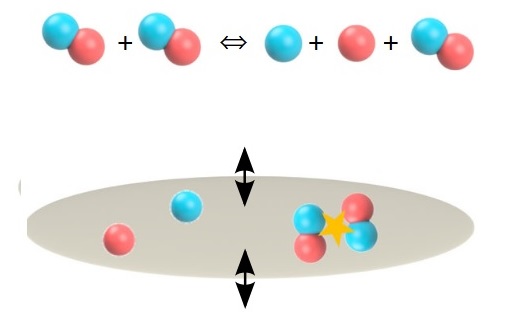
Reaction kinetics of ultracold molecule-molecule collisions
Daniel K. Hoffmann et al. Nat Commun 9, 5244 (2018)
Here, we investigate a single-channel reaction of two Li 2-Feshbach molecules where one of the molecules dissociates into two atoms 2AB ⇒ AB + A + B. The process is a prototype for a class of four-body collisions where two reactants produce three product particles. We measure the collisional dissociation rate constant of this process as a function of collision energy/temperature and scattering length. We confirm an Arrhenius-law dependence on the collision energy, an a4 power-law dependence on the scattering length a and determine a universal four body reaction constant.
Are you interested in joining our team? Would you like to explore the exciting field of ultracold quantum gases?
Then, please, get in touch with us!
Team & Lab Pictures
